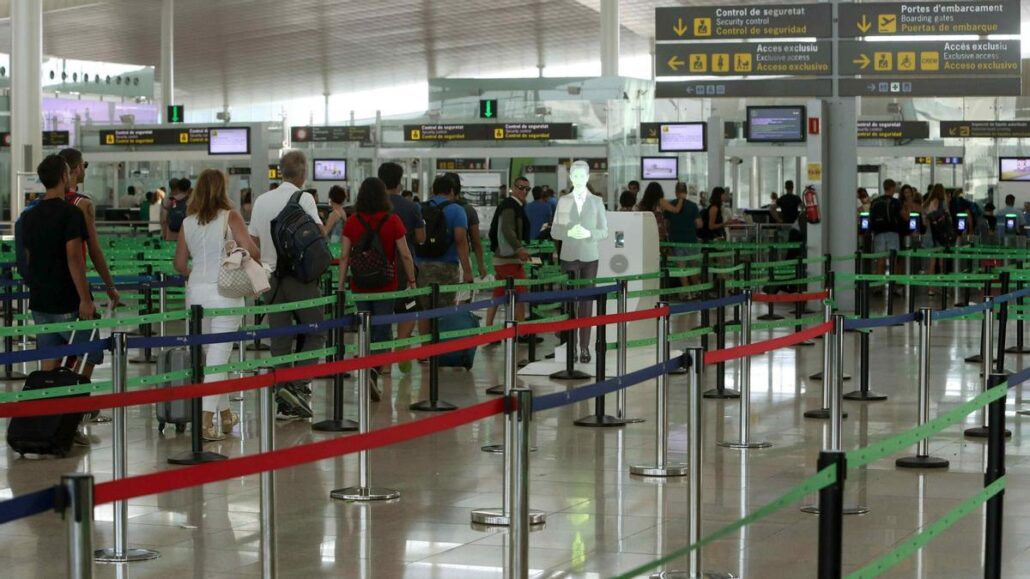In order to improve passenger security, AENA, the Spanish airport authority, has announced the implementation of a new screening procedure for passengers carrying carry-on baggage.
 Enhanced security measures for passengers and baggage
Enhanced security measures for passengers and baggage
AENA has decided to strengthen its security protocols by introducing additional measures specifically targeting carry-on baggage. This new screening procedure will involve additional security checks of carry-on bags to ensure that they comply with established security regulations.
The importance of strict regulations
The implementation of stricter security regulations for carry-on baggage is crucial for several reasons. Firstly, it ensures passenger safety by minimizing the risk of potentially hazardous elements entering the aircraft cabin. Secondly, these regulations contribute to overall aviation security, helping to prevent potential threats and acts of terrorism.
AENA’s decision to implement this new screening procedure underscores its commitment to passenger safety and its ongoing efforts to improve security measures at Spanish airports.
Agile and efficient process
AENA aims to ensure that the implementation of this new screening procedure does not cause significant delays or inconvenience to passengers. The goal is to create a smooth and efficient process that ensures both safety and convenience.
To achieve this, AENA will increase staffing at security checkpoints, ensuring that there are sufficient personnel to perform the additional checks without causing excessive waiting times for passengers. The authority will also invest in advanced detection technology to streamline the process and minimize disruption.
Passenger information and education
AENA recognizes the importance of informing and educating passengers about the new screening procedure to avoid confusion and delays. The authority will launch an awareness campaign to ensure that all passengers are aware of the updated regulations and are prepared for the screening process.
To facilitate this, AENA will display clear signage and provide information through its official website and various communication channels. Passengers will be informed of specific carry-on baggage requirements, including size restrictions and prohibited items.
Effectiveness and benefits
The new screening procedure is expected to significantly improve security measures at Spanish airports. By focusing on carry-on baggage, authorities can better detect and prevent the smuggling of hazardous items or substances onto aircraft.
In addition, this measure will streamline the security screening process for checked baggage, allowing airport staff to devote more resources to ensuring the safety of passengers and their belongings.
Impact on travelers: no more need to remove liquids from suitcases
AENA, the entity in charge of airport management in Spain, has announced its intention to implement an advanced state-of-the-art 3D scanner system by the end of 2023 or early 2024. This innovation will mark the beginning of the gradual elimination of restrictions on liquids, according to El Español newspaper.
High-tech 3D scanners allow a thorough inspection of carry-on baggage without the need to open it during the security screening process, simplifying the detection of possible hazardous substances or items.
According to the source, AENA plans to invest in EDSCB (Explosive Detection System for Cabin Baggage) technology, which uses X-rays to generate three-dimensional images. Although not currently mandatory, this technology will help streamline baggage screening, avoiding the need to remove electronic devices or separate liquids.

 Enhanced security measures for passengers and baggage
Enhanced security measures for passengers and baggage